-
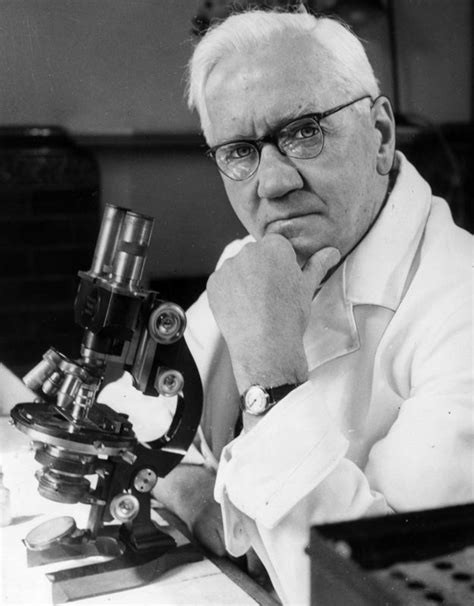
1928 ALEXANDER FLEMING
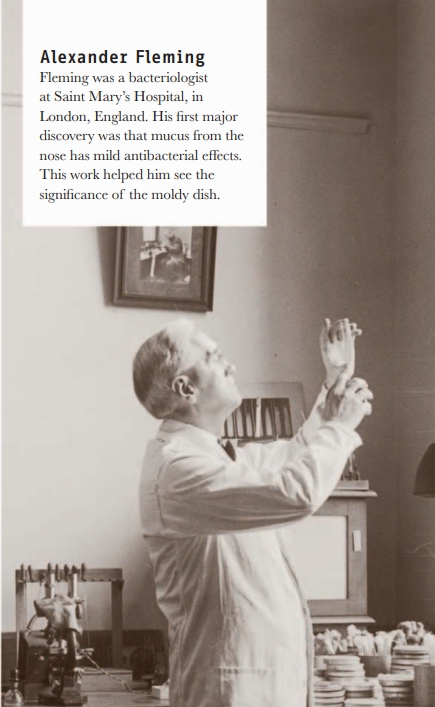
For most of human history, disease-causing bacteria were our deadliest enemies. During World War I, more soldiers died from infections than fighting—even a scratch from a thorn could be lethal. Alexander Fleming’s accidental discovery of a substance that could kill bacteria without harming human cells changed the course of history. Antibiotics have helped people live longer, healthier lives and transformed the way in which new drugs are developed
-
How antibiotics work?
Each antibiotic fights bacteria in a different way, stopping them from growing or reproducing normally. Penicillin, for example, stops bacteria from building their protective cell walls, so the bacteria are damaged or burst as they grow
-
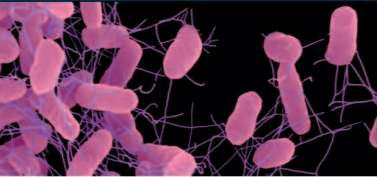
Bacteria: Salmonella
can rapidly change, making it difficult to treat the disease that they cause. Scientists are hoping to create new synthetic antibiotics that will target all types of bacteria even more effectively than natural ones can
-
Penicillin’s success led to a scramble to find new antibiotics
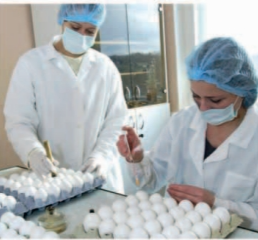
In the 1950s, the discovery of streptomycin and other antibiotics made diseases—including tuberculosis—curable. People pictured a world free of infections, but bacteria began to fight back
-
How antibiotics react to viruses?
Antibiotics don’t harm viruses. However, they are vital to the development of virus-busting drugs. They are added to eggs, which are used to grow viruses for research and stop bacteria from infecting them
-
A growing problem of antibiotics
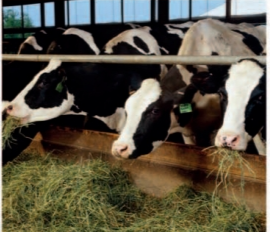
The use of antibiotics is not tightly controlled—doctors prescribe them for virus infections, patients take incorrect doses, while farmers feed them to livestock. All of these things help new, antibiotic-resistant bacteria evolve.
-
Why do we have to use coating capsules?
Coatings can be added to capsules so that they dissolve in the intestine, protecting the penicillin from stomach acid
-
The truth about Penicillin
Alexander Fleming was the first person to investigate penicillin’s bacteria-busting effects. However, it was the work of two lesser-known scientists that gave doctors the ability to fight bacteria with antibiotics. Ernst Chain and Howard Florey separated the antibacterial substance from the mold that produces it and used this to make a life-saving drug.
-
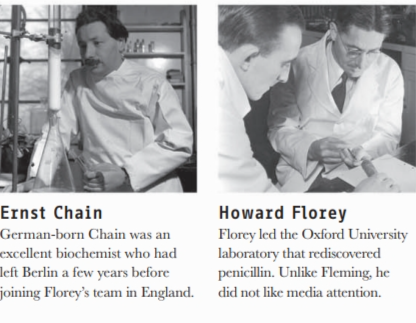
Purifying penicillin
Fleming tested his Penicillium mold on different types of bacteria and discovered that it killed those that caused pneumonia, syphilis, and diphtheria. It was also harmless to humans, unlike the antiseptics that were in use at the time—these chemicals killed bacteria but also damaged human cells. He published his research in 1929, pointing out that if penicillin could be extracted, it would be very useful in medicine. A decade later, Chain read Fleming’s paper and suggested that he and Florey try to purify penicillin. By 1940, having tested it successfully on mice, they had extracted and purified enough penicillin to try it out on a human patient.
-
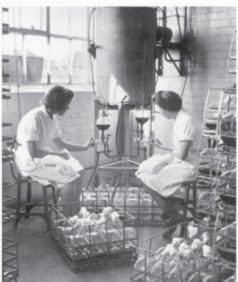
New sources of Penicillin
Florey and Chain had so little penicillin, they had to remove the drug from their first patient’s urine and reinject him with it. Finding it difficult to extract enough penicillin from Penicillium notatum, Florey launched a worldwide search for a more productive strain of the mold
Finally in 1943, a lab worker brought in a moldy melon from a local market. This became the source of most antibiotics for the next decade
-
Prizes and predictions of penicillin
In 1945, Fleming, Florey, and Chain won a Nobel Prize for their work. Fleming made a speech predicting today’s problems of antibiotic resistance—taking too little could expose bacteria to small, nonlethal quantities of the drug and allow them to become resistant. Few took notice of Fleming’s warnings
-
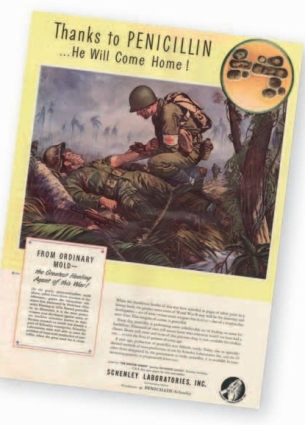
The use of Penicillin in war
The first penicillin stocks were sent straight to soldiers wounded on the battlefields of World War II. The “miracle drug” dramatically reduced deaths from infected wounds, and penicillin became a household name
-
1796 EDWARD JENNER
Smallpox was once a common disease, killing most victims and leaving survivors with terrible scars. In 1796, Edward Jenner discovered that exposing people to the milder disease of cowpox prevented them from catching smallpox. He called his technique vaccination. A century later, Louis Pasteur figured out how to make vaccines for other diseases, triggering a massive advance in the fight against diseases. Vaccines have since been developed for many serious diseases, saving millions of lives.
-
steep dropoff in social clubssự sụt giảm mạnh trong các câu lạc bộ xã hội
-
a digital nudgemột sự thúc đẩy kỹ thuật số
-
authentic and often unmet desire for social connectionmong muốn đích thực và thường không được đáp ứng về kết nối xã hội

